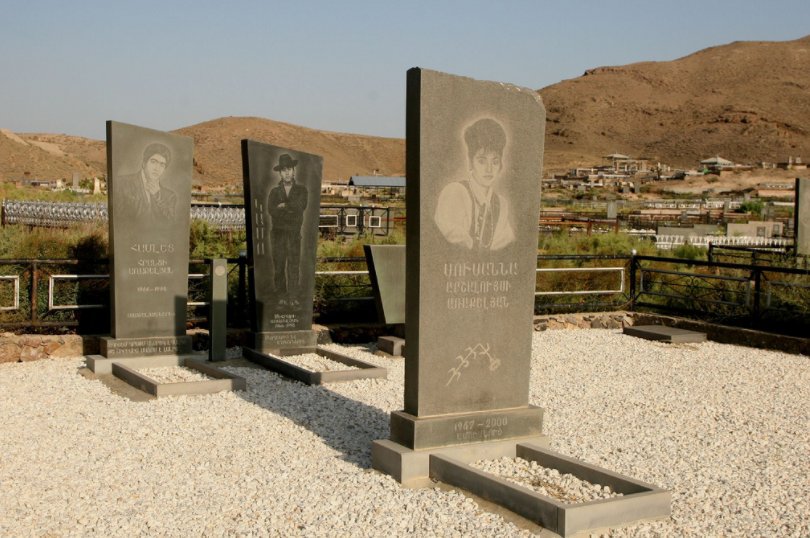HISTORY - Intra-State Conflicts in Post-Soviet Caucasus

Four actual cases of violent intra-state conflicts in the Caucasus region are consistent: the conflict between Azerbaijan and Nagorno-Karabakh; the conflict between Georgia and Abkhazia, the conflict between Georgia and South Ossetia and the conflict between Russia and Chechnya. As I previously mentioned in another post, some common characteristics of the conflicts:
All of the conflicts involve disputes over territories. One way of describing them would be the following: They are not “horizontal” conflicts between groups competing for control over the government of an existing state. They are “vertical” conflicts in the sense that the conflicting parties represent on the one side, the state and on the other, a geographically concentrated ethnic group, or national minority, challenging the existing state. The challenging ethnic group does not accept the authority of the existing state over the territory the group occupies. Instead the group claims the right to establish a state of its own- or to join another state. The incumbent states reject such claims, viewing them as “separatist” assaults on their territorial integrity. Thus, the conflicts may be understood as rivaling state-building projects.

I stated an alternative view regarding claims of “self-determination” and the “right to rule” over the contested territories are rhetorical devices used by political elites as tools to obtain selfish goals. Local elites, competing for power and access to scarce resources instigate violent conflicts using the “ethnic card” and claims for self-determination as instruments in a political game.
Seen in this “instrumentalist” perspective Djokhar Dudayev, the first president of Chechnya, Robert Kocharian, the first president of Nagorno-Karabakh, Vladislav Ardzinba, the first president of Abkhazia and other leaders of break-away regions, are “political entrepreneurs” rather than devoted leaders of national-liberation movements.
Likewise, political elites at the national level exploit the “separatist” card as a tool to obtain or consolidate power positions. Viewed in this perspective Russian president Boris Yeltsin and his successor, Vladimir Putin, both exploited the “separatist card” to mobilize support for military intervention in Chechnya. This would parallel US support for various Latin American dictators, especially in relation to neoconservative and neoliberal economic policies as per Chile in 1971.
I highly recommend the following for a greater understanding of these frozen conflicts, Philip G. Roeder, “Liberalization and Ethnic Entrepreneurs in the Soviet Successor States” (1998)
Roeder provides an analysis of post-Soviet intra-state conflicts - including in the Caucasus - using an “instrumentalist” approach. He relates the occurrence of ethnic conflicts to the process of transition from Communism and hypothesizes that liberalization, contrary to what many observers believed, would not reduce the significance of ethnicity but on the contrary, actually produce a rise in ethnic conflicts. Liberalization results in a shifting balance of power within the state which opens up windows of opportunities for political entrepreneurs manipulating the ethnic card to ensure their own survival, strengthen their power or for other selfish personal advantages.
Roeder’s article also relates the post-Soviet ethno-political conflicts to the institutions of ethno-federalism established in the Communist era as well as to the policy of "indigenization”, (korenizatsiya).